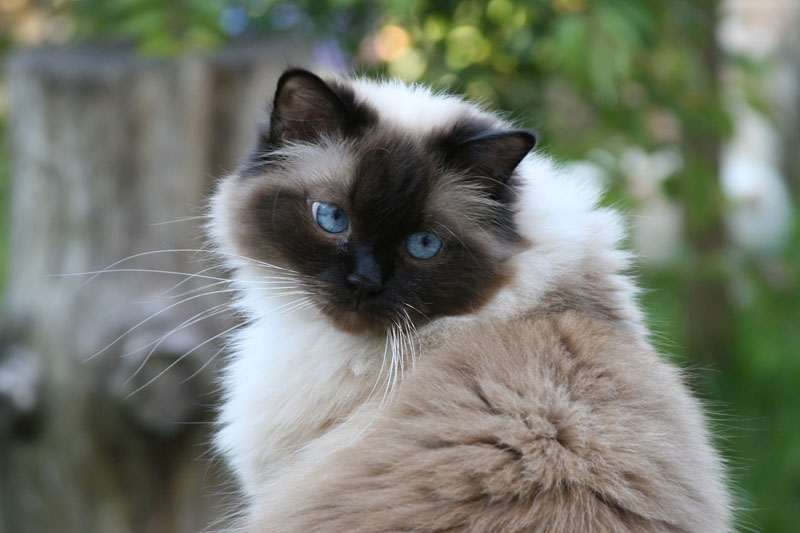Idiopathic hypercalcaemia is the most frequently diagnosed cause of this disease in cats. “Hypercalcaemia” describes high blood calcium. “Idiopathic” means of an unknown cause. That does not sound very helpful. But it can be caused by many diseases including cancer, hormonal problems, and vitamin D excess to name three. Renal failure is a fourth possibility. Tumours can also cause it and the most common type of tumour associated with hypercalcaemia is squamous cell carcinoma and lymphoma. The former is a type of skin cancer and the latter is a cancer of the lymph system which is the system which is concerned with the body’s immune system.

A three-year-old Ragdoll cat was referred to specialist veterinarians in Australia to investigate polyuria, polydipsia, vomiting, weight loss and hypercalcaemia. They diagnosed idiopathic hypercalcaemia and treated the cat with pamidronate. The cat was suffering from major electrolyte abnormalities. Further treatment included oral alendronate. The cat was described as “clinically normal 15 months later”. “Polyuria” describes frequent urination. “Polydipsia” describes excessive thirst. Vomiting and weight loss are self-explanatory. “Alendronate” is a bisphosphonate medication used to treat osteoporosis in humans.
At the time of the treatment, February 1, 2011, there was little information about the use of bisphosphonates in cats and therefore treatment along the lines suggested should include close monitoring of the patient. “Bisphosphonates” describes a group of drugs used to limit the loss of bone density conditions such as bone cancer and osteoporosis.
RELATED: Cat Health Problems – this page covers a wide range of cat health problems and should prove useful for cat owners wanting to know more about the health of their cat.
It is useful for cat owners to have a reasonable understanding of feline health as it helps provide useful information to their vet when required. However, medical knowledge in unqualified people should be used with caution and circumspection.
Below are some pages on cat health problems.

